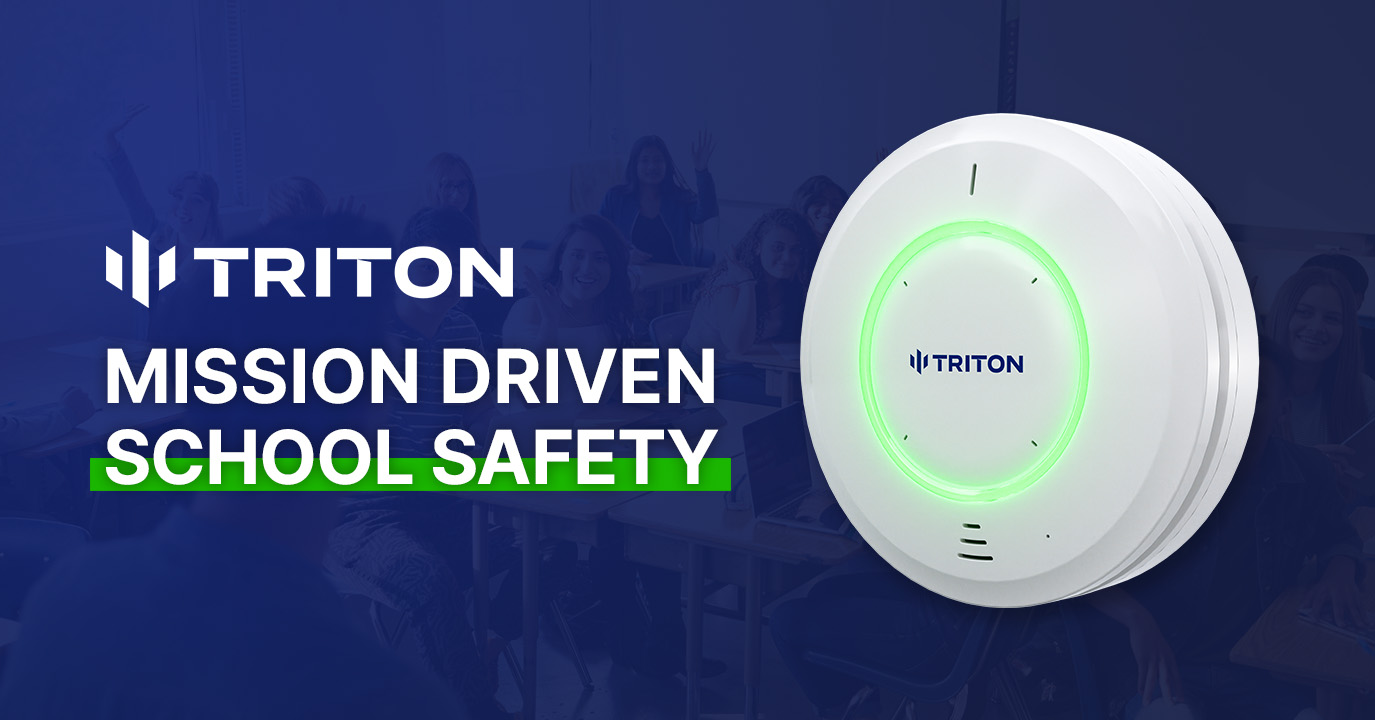Vaping in schools was not an issue just a few months back. Students would sneak in bathrooms between classes and inhale flavor THC and nicotine vapors. Administrators and teachers were left in the dark until their districts opted for the vape detection technology.
Schools across the country have reported major achievements and proving how technological advancements can be transformative in the fight against the smoking epidemic.

A Case Study: Reducing the amount of vaping by 83% over 10 Weeks
Luling Independent School District was faced with the threat of a major problem with vaping. Despite repeated warnings, and more stringent rules, students continued vape in locker and bathroom rooms. Smoke alarms that were traditional did not work against vapor, and staff couldn’t be everywhere at once.
For a test for the district, they installed vape detectors at schools in March. The results were shocking. Within a matter of five weeks, reports of smoking cigarettes had fallen significantly. After the ten-week period, vaping decreased by 83%..
For administrators, the success was more than just numbers. Teachers reported less disruptions and students realized the fact that vaping could not go unnoticed.
Match Charter Schools also enjoy similar success
Match Charter Schools also has a powerful example. Middle and high school students were vaping during the time. When they deployed a set of smoke detectors for vapes in August, the effect was immediate.
At the end of December, only four months later, the administrators announced an 80% decline in daily vaping incidents. Parents applauded the school’s tangible measures to protect their children. Teachers observed a decrease in loitering in the hallways as well and a decrease in bathroom crowding.
Both districts are an integral part of the growing trend. Schools that implement vape detection see tangible improvements both in behavior and safety.
What makes vape detectors effective?
The secret behind these results lies in the technology itself. Modern vape detectors can’t just detect vapors but also monitor air quality, monitor occupancy levels, and issue real-time notifications to employees. This means that administrators don’t need to rely on guesswork or reports based on a post-factual analysis.
The detectors are designed to safeguard your privacy. No cameras. No audio recording. In-depth, accurate information is what’s needed to aid schools in making quick decisions without compromising the rights of students.
This combination of effectiveness and compliance makes vape detectors one of the most practical safety tools schools can adopt today.
The Safety Net extends beyond Vaping
Many administrators know that detectors go far beyond vaping prevention. The latest systems can detect loud sounds, keywords that are linked to vandalism and emergency situations.
For instance in the event that a group of students starts lingering in a bathroom The detector will be able to detect an unusually high occupancy. Staff can be instantly alerted if a person shouts out an emotional word such as “help”. Vape detectors in schools can be part of a larger plan to deal with both risk of violence and health hazards.
Why Parents and Boards Should Support Vape Detectors
Transparency is a sign of credibility that is often ignored. The use of detectors in schools can produce reports that show clearly the patterns of vaping. These reports are available to community groups, school boards and parents to show that actionable steps are being implemented.
Parents respond positively, especially when they see tangible outcomes. Vape smoke detectors aren’t just catching students it’s protecting their health and reinforcing the idea that smoking vape shouldn’t be allowed in schools.
The Takeaway of the day: A Proven Path for the Future
The past few years, vaping was thought like a war invisible to schools would not be able to beat. But, case studies that were conducted in districts all over the country prove that this isn’t so. Administrators can identify dangers and stop risky behaviors in real-time using a vape detector. This helps create an environment that is safer for students.
Vaping remains a problem, but it is changing. Schools who invest in vape detection technologies aren’t just responding to a problem, they’re leading in the direction of a better future for their students.
Conclusion
Technology is being used in schools across Texas up to Massachusetts. A modern vape detector does more than just sound an alarm it reshapes behavior, builds trust, and can provide a lasting solution to one of the most pressing health issues for students. For any school that is serious about safety and security, school vape detectors have become a norm. they’re the norm.